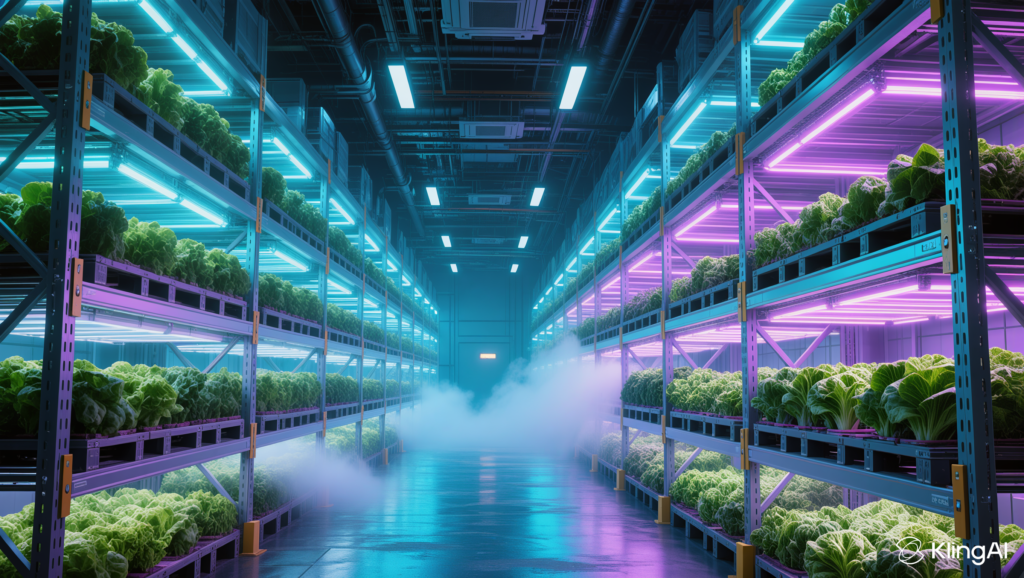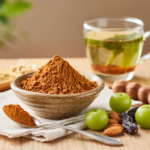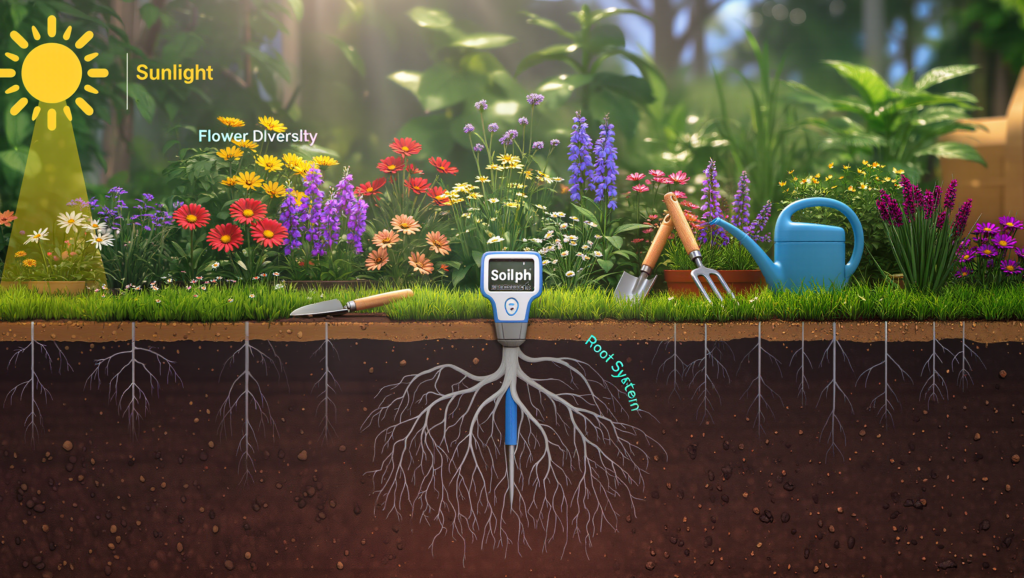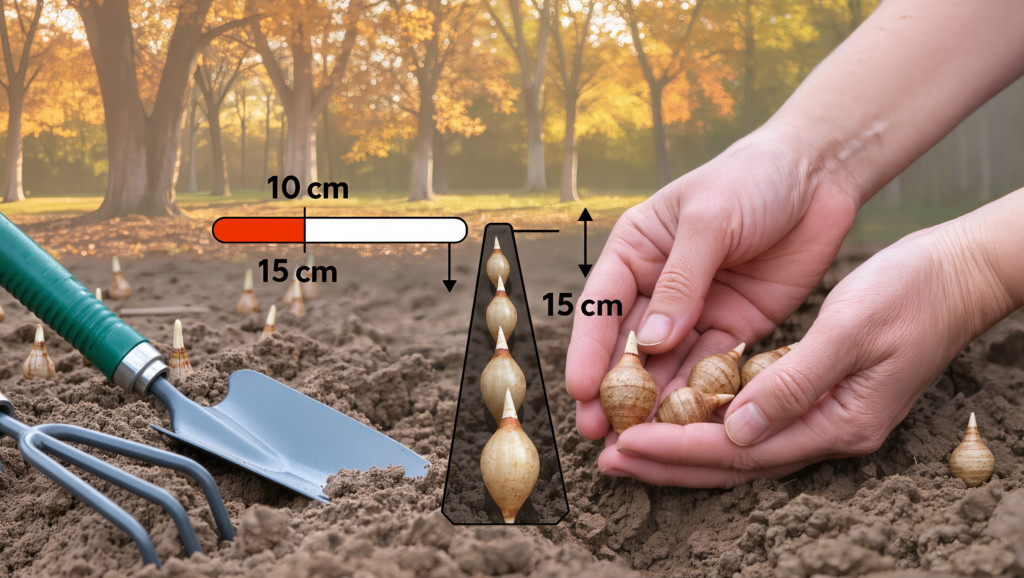The world of organic farming is changing. While many still imagine sun-drenched fields and cheerful farmers tending to greens, a quieter revolution is under way—a shift toward “dark farming.” This mysterious-sounding approach is gaining traction among forward-thinking organic farmers who are searching for ways to cut costs, boost yields, reduce their reliance on weather, and minimize land disturbance—all while still honoring the principles of organic agriculture. What exactly is “dark farming”? Why is it winning over some of the most committed organic growers? And does it really deliver on its promises for healthier land, better crops, and a more sustainable food system? Let’s pull back the curtains.
What Is “Dark Farming”?
“Dark farming” is the informal term for growing crops with minimal exposure to sunlight—often indoors, underground, or in high-tech, artificially lit environments. Think vertical farms in old shipping containers, hydroponic tunnels under city streets, or LED-lit mushroom farms beneath parking garages. While some aspects echo the “controlled environment agriculture” popular in urban farming, what separates “dark farming” is its intentional embrace by organic farmers seeking to pair traditional principles with cutting-edge tech.
Key features include:
- No or minimal sunlight: Instead, crops grow under LED or specialized artificial lights that deliver custom light “recipes” to maximize plant health and flavor.
- Soil-based or hydroponic systems: Many dark farms use rich, organic-certified soil substrates, compost, or aquaponic loops—rejecting synthetic fertilizers and pesticides.
- Minimal tillage/no-till: Darkness and controlled environments allow for production with almost zero soil disturbance, supporting regenerative soil principles and reducing weed pressure.
- Climate and pest controls: By moving farming underground (literally or figuratively), pests, diseases, and weather extremes can be managed organically, with less need for interventions.
This isn’t the shadowy world of industrial monoculture—instead, dark farming is emerging as a next-gen iteration of organic methods, focused on sustainability, food purity, and resilience.
Why Are Organic Farmers Embracing Dark Farming?
1. Climate Chaos and Unpredictable Weather
Traditional organic farms feel the pinch of climate change harder than ever—droughts, floods, wildfires, and new pest cycles stress crops. Indoor “dark” environments shield plants from harsh weather, guaranteeing reliable and year-round harvests no matter what’s happening outside.
2. Reduced Land and Water Footprint
Dark farms use dramatically less land per calorie produced, as crops are stacked vertically or packed in tightly controlled beds. Water use is far more efficient, with closed-loop irrigation, condensation recycling, and zero chemical runoff—an important win for aquifers, rivers, and eco-sensitive regions.
3. Precision Nutrition and Consistency
Under custom lighting and organic feeding programs, “dark-farmed” plants grow with exceptional control over size, nutrients, and taste. This helps organic farmers meet demanding retail and restaurant standards while minimizing waste. Some even boast that the nutrient density of dark-farmed greens rivals their sun-grown cousins.
4. Lower Disease and Pest Pressure
With surfaces and climates tightly managed, pests and diseases practically disappear—or can be managed without breaking organic rules. This means organic growers can skip or reduce natural pesticide use and focus more on biological controls (like predatory insects or companion crops), or none at all.
5. Urban and Local Food Production
Moving farming indoors brings food closer to eaters. Dark farming is popular in urban areas, letting organic brands reduce “food miles,” harvest at peak freshness, and provide jobs and green hubs in the middle of cities—all while still maintaining organic certification by carefully sourcing soil and inputs.
How Does Dark Farming Stay “Organic”?
- Certified Inputs: Dark farmers use only certified-organic seeds, rich compost, and permitted natural inputs—rejecting synthetic chemicals, even in LED-lit spaces.
- Strict Environmental Controls: CO₂ is added only at plant-safe levels, nutrients come from compost teas and natural minerals, and water cycles are closed to avoid waste.
- Soil Health Practices: Even if crops are grown in specialty beds or containers, many dark farmers rotate crops, add fresh compost, and use cover crops in their growing substrate—mirroring field-based organic best practices.
Organic certifiers are evolving to consider these novel environments, but many “dark farms” are already operating under USDA and EU organic certifications—proving that controlled-light does not mean synthetic.
What Are The Drawbacks?
1. Energy Use
Lighting up plant beds with LEDs draws electricity, sometimes offsetting environmental gains if fossil fuel power dominates local grids. However, many dark farmers invest in renewables or optimize lighting cycles to maximize efficiency.
2. Start-Up Costs
Shifting from sunny fields to indoor racks isn’t cheap. The cost of lights, environmental controls, and automation is significant, though returns can be higher for premium crops grown year-round.
3. Limited Crop Types
Leafy greens, microgreens, mushrooms, and herbs are dark farming’s early stars. Larger fruiting or root crops need novel engineering solutions and are still being perfected.
4. Ecological Questions
Critics question whether disconnecting plants from the sun and soil erodes the foundational ideas of organic—biodiversity, soil connection, and ecosystem farming. Leading “dark farmers” argue that by investing in compost, green energy, and bio-circular systems, the benefits can balance or even outweigh these concerns.
Success Stories: Who’s Going Dark?
Pioneering organic growers are operating vertical farms on city rooftops, repurposing old mines into mushroom empires, and stacking leafy greens in nondescript urban buildings. These farms are delivering organic-certified produce to markets at competitive prices, cutting waste, and even inspiring conventional growers to mimic their methods.
Some notable practices:
- Partnering with local energy co-ops to use solar and wind for powering lights.
- Using worm castings and compost tea from city green waste for organic fertilization.
- Investing profits into restoring pollinator parks and green spaces alongside dark farm sites.
The Big Debate: Is Dark Farming the Future of Organics?
Some in the organic movement worry about “tech creep”—that dark farming is just a slippery slope to more industrial, disconnected systems. Others say it’s the perfect evolution, using everything we’ve learned from regenerative agriculture, hydroponics, and urban design to grow food where people actually live, with less environmental harm.
Key points of contention include:
- Meaningful connection to soil: Is soil just “dirt for roots,” or does its living ecosystem set organics apart? Dark farms using compost/soil beds try to bridge this gap.
- Natural rhythms vs. engineered cycles: Does “artificial day” under LEDs count as authentic? What about seasonal cycles and biodiversity?
- Access and equity: Can dark farming bring fresh, affordable organic produce to food deserts, or will it stay a luxury urban experiment?
What It Means for Shoppers
Consumers searching for organic food may soon find “dark-grown” or “LED-farmed” on their spinach or basil. As long as the process meets strict organic standards for inputs, pest management, and prohibited substances, it can earn the organic badge. But transparency matters—look for farmers who share details about their sustainability, energy use, and soil practices.
The Bottom Line
“Dark farming” represents a bold, if controversial, frontier in organic agriculture. For some, it’s a pragmatic embrace of technology to keep organic principles alive in a rapidly changing climate and food economy. For others, it’s a potential departure from the soul of what organic truly means. What’s clear: as cities swell, climates shift, and shoppers demand more sustainable foods, dark farming is likely to be shining a light on the future of organic—one LED at a time.
Did you find this article helpful? Support us by following us on our social media for more content on natural health and wellness:: Youtube, Instagram, Facebook, Pinterest, Twitter (X)








